Breaking News


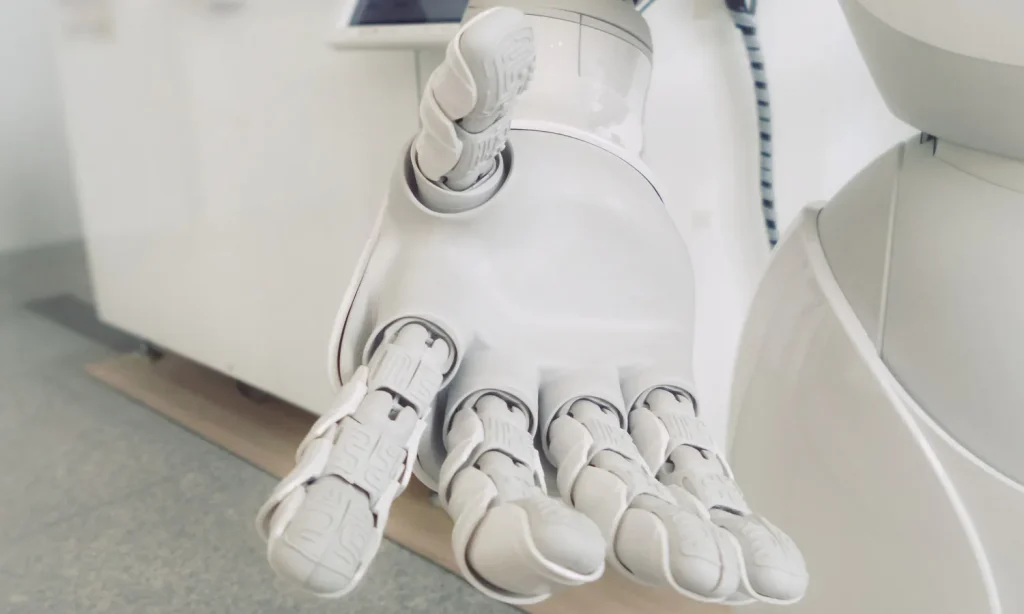
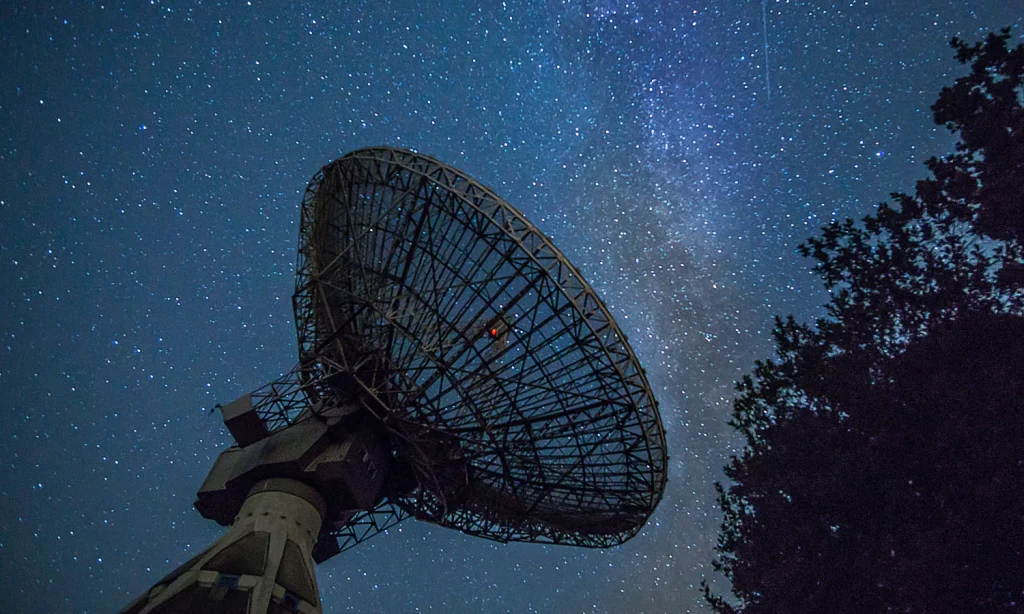
Popular News
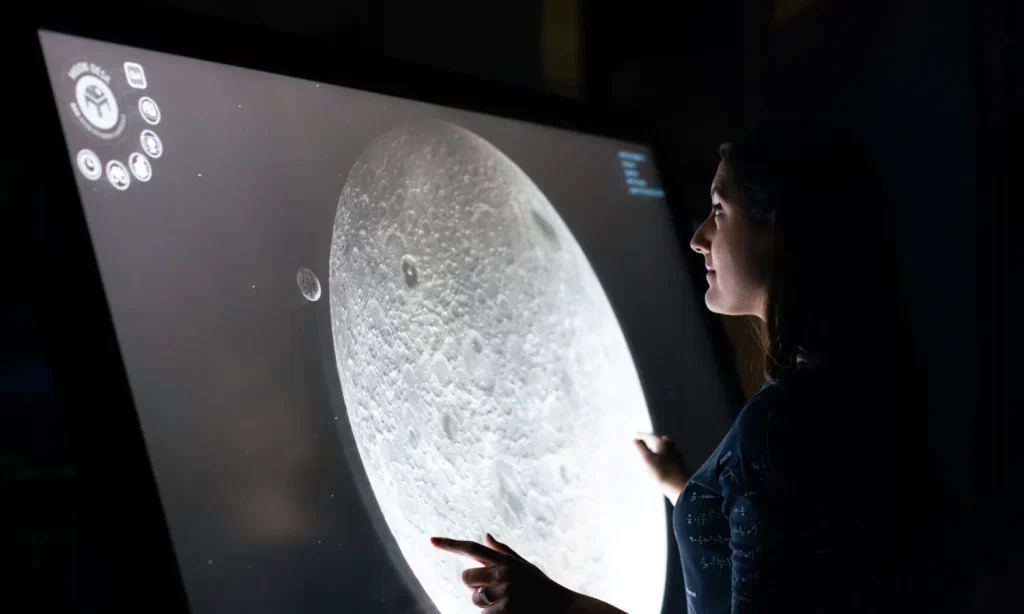











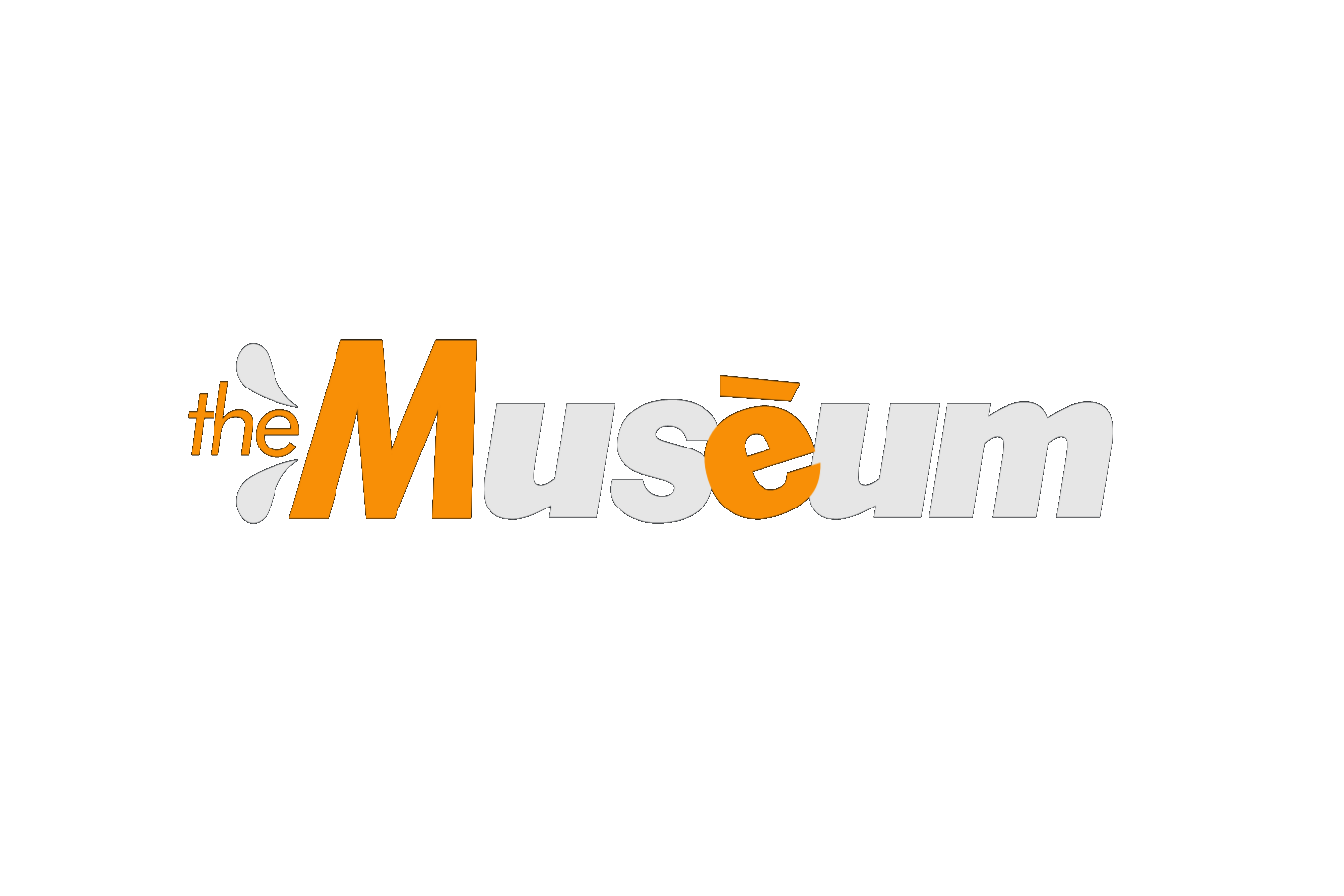

Enter your email address below and subscribe to our newsletter
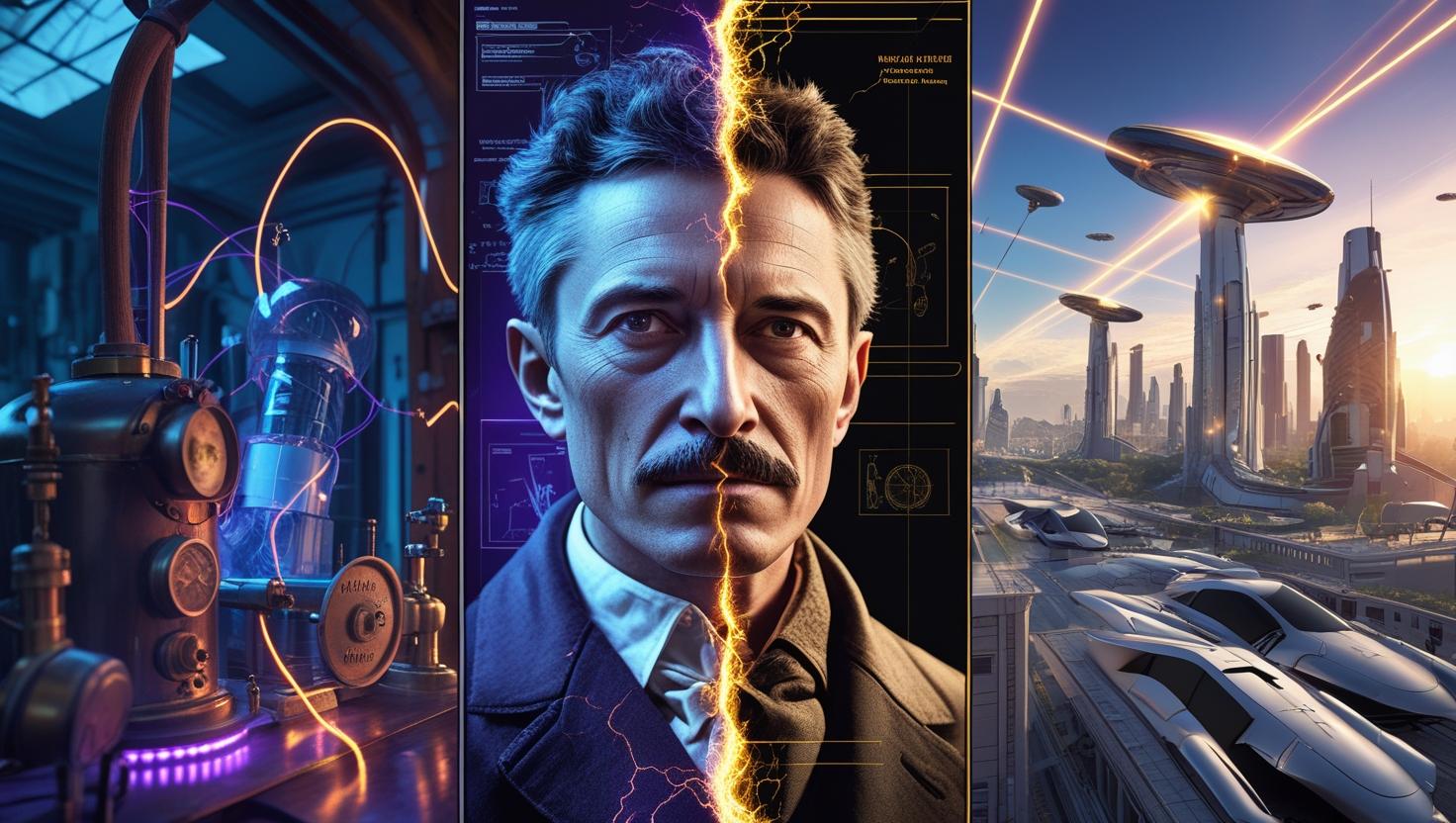
Dive into Nikola Tesla’s most ambitious, unrealized inventions—and discover how today’s AI, quantum breakthroughs, and space-age materials can finally bring his wireless power grids, resonant-frequency healers, precision energy beams, and electro-gravitic crafts to life.
A Strategic Guide to Reimagining Nikola Tesla’s Revolutionary Concepts for the Modern Age

Nikola Tesla died in 1943 with hundreds of patents and thousands of ideas, many never fully realized. His laboratory notebooks contained sketches for technologies that seemed impossible at the time—wireless power transmission across continents, devices that could tap into Earth’s natural frequencies, and machines that defied conventional understanding of physics. Today, as we stand at the intersection of quantum computing, artificial intelligence, and space exploration, Tesla’s “impossible” ideas suddenly seem remarkably prescient.
This document explores four of Tesla’s most audacious concepts and maps pathways from his 19th-century insights to 21st-century breakthroughs. For entrepreneurs, these represent not just technological opportunities but entire new industries waiting to be born.
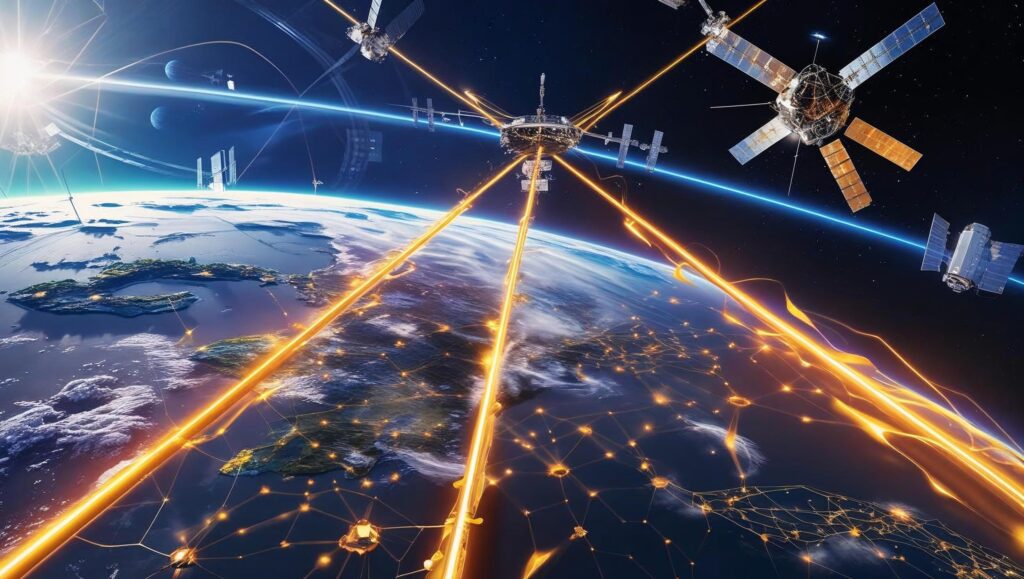
Tesla’s Wardenclyffe Tower project aimed to transmit electrical power wirelessly across vast distances using the Earth itself as a conductor. His concept relied on the ionosphere and ground as components of a massive electrical circuit, with strategically placed towers acting as resonant transmitters. He envisioned a world where power stations could beam electricity anywhere on Earth without wires, cables, or infrastructure.
The Core Principle: Tesla discovered that electrical energy could be transmitted through the Earth’s crust and atmosphere by creating standing waves at specific frequencies. His experiments at Colorado Springs demonstrated power transmission over several miles, lighting bulbs without any physical connection to a power source.
Current State:
Breakthrough Convergence:
Immediate (2025-2027):
Medium-term (2027-2030):
Space Infrastructure Revolution: By 2035, lunar mining operations receive power directly from Earth-orbiting solar arrays via focused microwave beams. Mars colonies operate on power transmitted from massive solar collectors positioned at optimal solar system locations.
Post-Scarcity Energy Economics: Wireless power transmission makes energy location-independent, fundamentally disrupting traditional utility models. Rural areas gain instant access to abundant clean energy without costly infrastructure investments.
Neuro-Integrated Applications: Brain-computer interfaces receive power wirelessly, eliminating the need for invasive battery systems in neural implants.
Who Benefits: Initially, wealthy nations with space capabilities dominate orbital power infrastructure. However, wireless transmission could democratize energy access globally, particularly benefiting developing regions.
Power Structure Changes: Traditional utility companies face existential challenges. Energy becomes more centralized (orbital/remote generation) yet more democratically accessible (wireless distribution).
Risks: Potential for energy weaponization; environmental concerns about high-power microwave transmission; dependency on space-based infrastructure vulnerable to both natural and human threats.

Tesla believed everything in the universe vibrates at specific frequencies, and by matching these natural resonances, enormous effects could be achieved with minimal energy input. His mechanical oscillator experiments reportedly caused building-shaking vibrations with a small device, leading to his famous claim that he could “split the Earth” with the right frequency.
The Core Principle: Resonance amplifies energy exponentially. A small, precisely-timed input at an object’s natural frequency can create massive oscillations—like an opera singer shattering a wine glass or soldiers breaking step on bridges.
Current State:
Breakthrough Convergence:
Immediate (2025-2027):
Medium-term (2027-2030):
Programmable Matter: By 2035, materials can be dynamically restructured using resonant frequencies, creating buildings that reshape themselves or vehicles that morph for different functions.
Biological Harmonics: Medical treatments become frequency-based rather than chemical, with personalized resonance profiles for each individual’s cellular structure.
Planetary Engineering: Large-scale geological projects use coordinated resonance to trigger controlled seismic events for mining, construction, or even climate modification.
Who Benefits: Medical applications could democratize healing, making expensive drugs obsolete. However, frequency-based weapons could concentrate unprecedented power in military applications.
Power Structure Changes: Pharmaceutical companies face disruption from frequency-based therapies. Construction and manufacturing industries transform around programmable matter.
Risks: Potential for seismic manipulation as warfare; unknown long-term effects of frequency exposure on human biology; concentration of geological manipulation power in few hands.
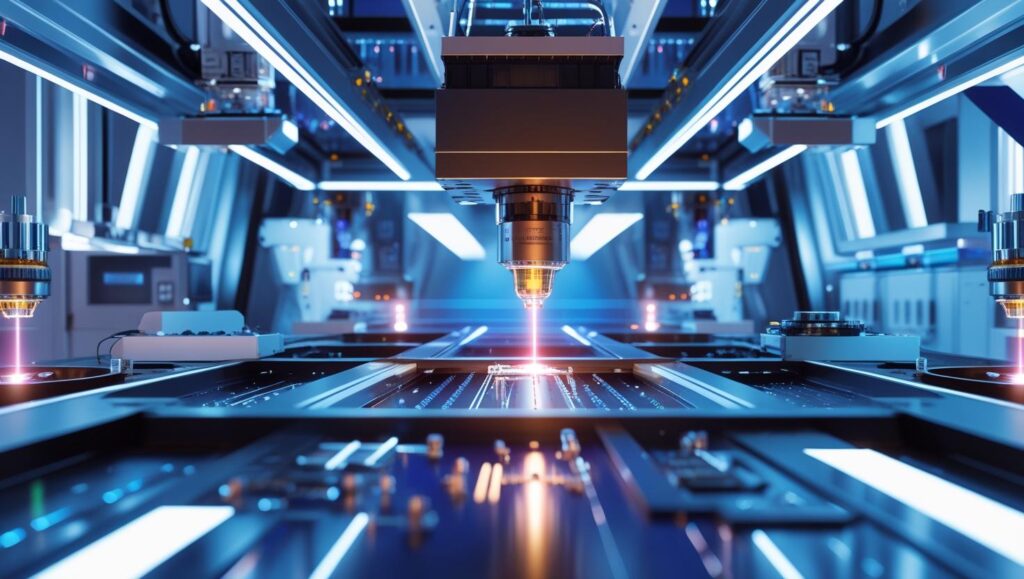
Tesla’s “death ray” or “peace ray” concept involved projecting concentrated energy beams capable of destroying aircraft or disabling enemies at great distances. He envisioned a defensive technology that could make warfare obsolete by providing impenetrable protection through energy barriers.
The Core Principle: Focus electromagnetic energy into highly concentrated beams that can deliver enormous power density at specific targets while maintaining precision and control.
Current State:
Breakthrough Convergence:
Immediate (2025-2027):
Medium-term (2027-2030):
Planetary Defense Systems: By 2040, Earth deploys coordinated laser networks capable of deflecting asteroids or defending against space-based threats.
Interstellar Propulsion: Laser-propelled light sails enable interstellar probe missions, beginning humanity’s expansion beyond the solar system.
Molecular Computing: Directed energy enables quantum computers operating at room temperature by precisely controlling individual atomic states.
Who Benefits: Initially military and aerospace organizations dominate, but applications democratize to medical and manufacturing sectors.
Power Structure Changes: Traditional defense contractors compete with tech companies. Space-based systems create new forms of international power projection.
Risks: Weaponization potential creates new arms race dynamics; space-based systems vulnerable to sabotage; potential for energy beam accidents with catastrophic consequences.
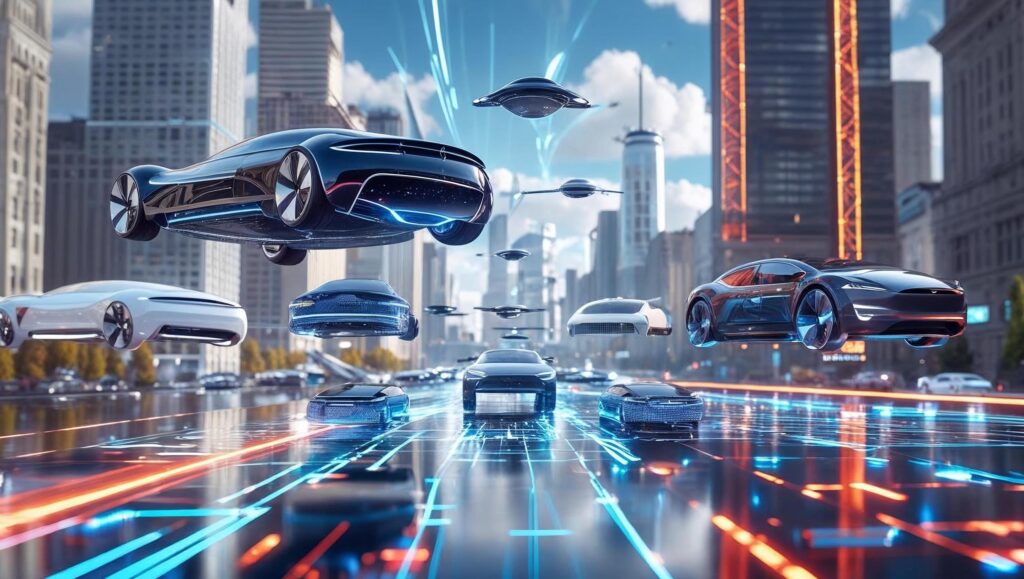
Tesla theorized that gravity and electromagnetic forces were related phenomena that could be manipulated through electrical means. His late-career notebooks contained sketches for flying machines that would use electrical fields to counteract gravitational attraction, enabling flight without traditional propulsion.
The Core Principle: If gravity and electromagnetism are unified forces (as modern physics suggests), then sufficiently strong electromagnetic fields might create gravitational effects or anti-gravitational repulsion.
Current State:
Breakthrough Convergence:
Immediate (2025-2027):
Medium-term (2027-2030):
Anti-Gravity Transportation: By 2040, breakthrough discoveries enable vehicles that manipulate local gravitational fields, revolutionizing transportation and construction.
Space Elevator Alternatives: Gravitational manipulation makes space access as simple as taking an elevator, but without requiring massive physical infrastructure.
Planetary Engineering: Artificial gravity systems enable comfortable long-term space habitation and terraforming projects.
Who Benefits: Breakthrough gravitational technology would likely emerge from well-funded research institutions, potentially creating enormous competitive advantages for early adopters.
Power Structure Changes: Transportation, construction, and space industries face complete transformation. Traditional aerospace companies might become obsolete overnight.
Risks: Gravitational manipulation could have unpredictable effects on planetary systems; technology could create new forms of warfare; extreme concentration of power in hands of technology controllers.
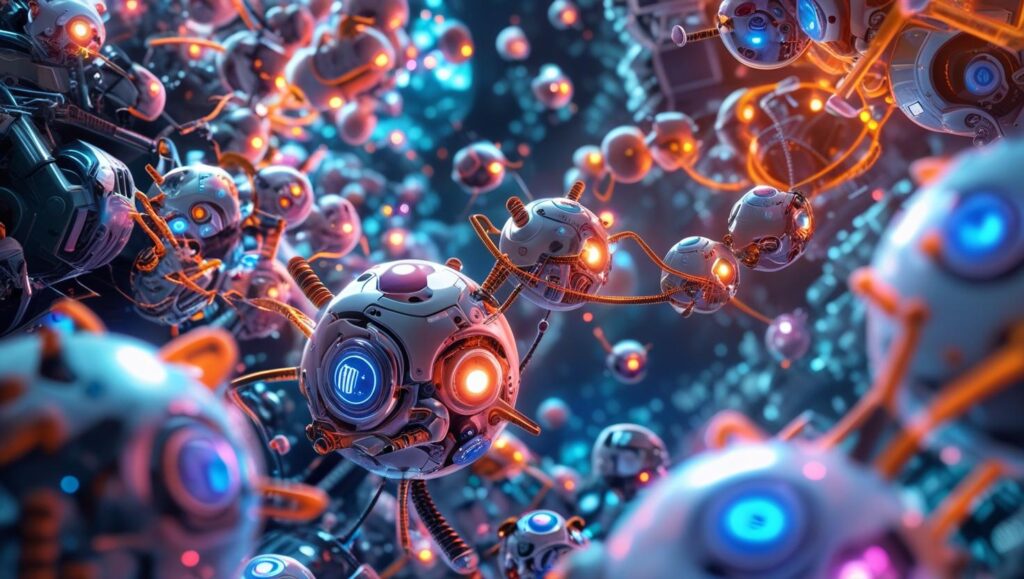
Imagine a breakthrough that validates Tesla’s intuition about the interconnection of all forces. A startup founded in 2028 discovers that quantum field fluctuations can be controlled through precisely coordinated electromagnetic resonance. This enables:
These resurrected Tesla concepts don’t exist in isolation. Imagine:
Tesla’s wireless power vision combines with his resonance discoveries to create a world where every surface can harvest, store, and transmit energy. Buildings become living energy organisms, constantly sharing power based on real-time needs. Transportation networks carry both vehicles and energy simultaneously.
If Tesla was correct about everything vibrating at specific frequencies, this might include consciousness itself. Brain-computer interfaces evolve beyond simple signal reading to actual resonance-based communication with technology. Directed energy systems become controllable through thought, and wireless power responds to biological needs automatically.
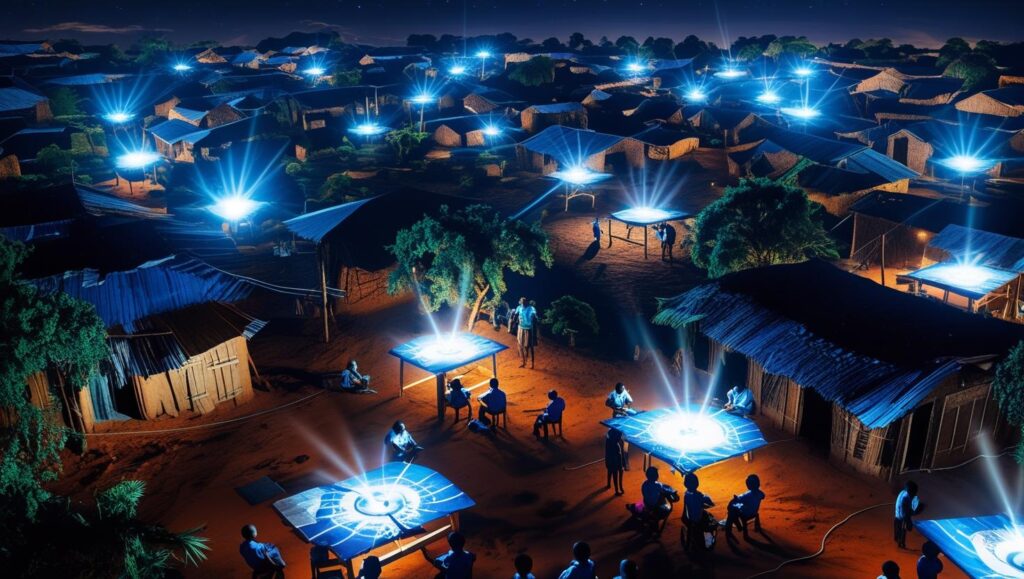
Phase 1: Foundation Building (2025-2027)
Phase 2: Market Entry (2027-2030)
Phase 3: Scale and Integration (2030-2035)
Interdisciplinary Focus: Tesla’s innovations require knowledge spanning physics, electrical engineering, materials science, and increasingly, quantum computing and AI.
Key Research Areas:
Integration Points:

Nikola Tesla died believing his greatest inventions remained unrealized. Today, we possess computational power, materials science knowledge, and theoretical frameworks that Tesla could never have imagined. His “impossible” concepts suddenly seem not just possible, but inevitable.
Tesla’s unrealized visions were not mere fantasies; they were extrapolations based on profound physical intuition. Today’s technological convergence provides the toolkit to finally explore these frontiers. The opportunities – clean energy abundance, spacefaring civilization, revolutionary materials and medicine – are staggering. However, the ethical stakes are equally immense. The responsibility lies with today’s entrepreneurs, engineers, and policymakers to pursue these paths not just because they are possible, but because they can uplift humanity, ensuring that Tesla’s legacy powers a future that is equitable, sustainable, and focused on human flourishing. The future crackles with potential – it’s time to tune in.
The entrepreneurs who succeed in bringing Tesla’s visions to reality won’t just build companies—they’ll fundamentally reshape human civilization. They’ll determine whether breakthrough technologies serve to concentrate power or democratize it, whether they enhance human potential or create new forms of dependency.
Tesla once said, “The present is theirs; the future, for which I really worked, is mine.” That future is arriving now. The question isn’t whether Tesla’s innovations will transform our world—it’s who will control that transformation and how they’ll choose to use it.
The visionary who died in a New York hotel room with little more than his dreams and notebooks left behind blueprints for technologies that could solve humanity’s greatest challenges: energy scarcity, transportation limitations, communication barriers, and perhaps even the fundamental constraints of physics itself.
His unfinished symphony awaits its completion. The only question is: who will pick up the conductor’s baton?